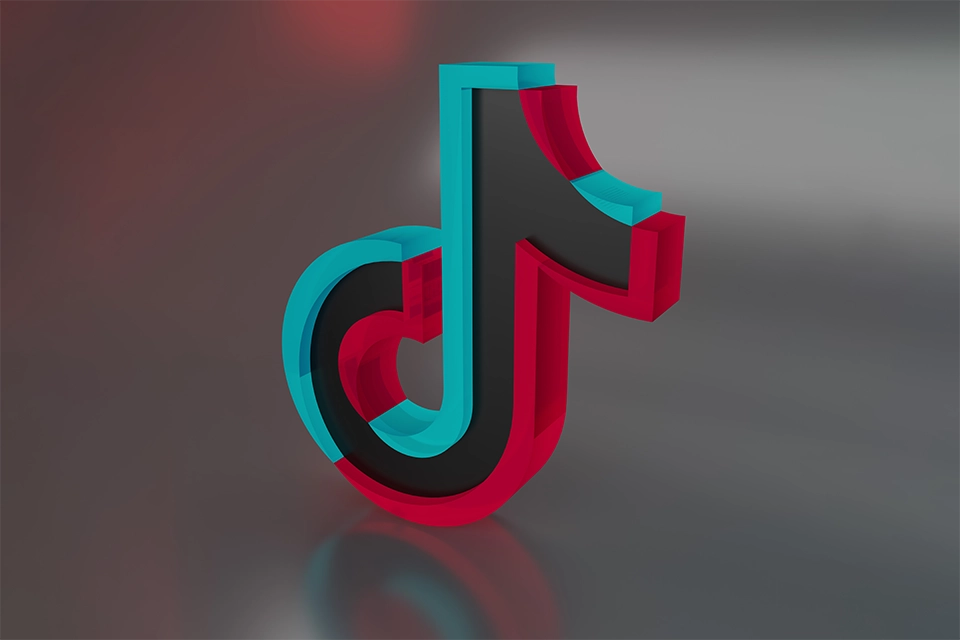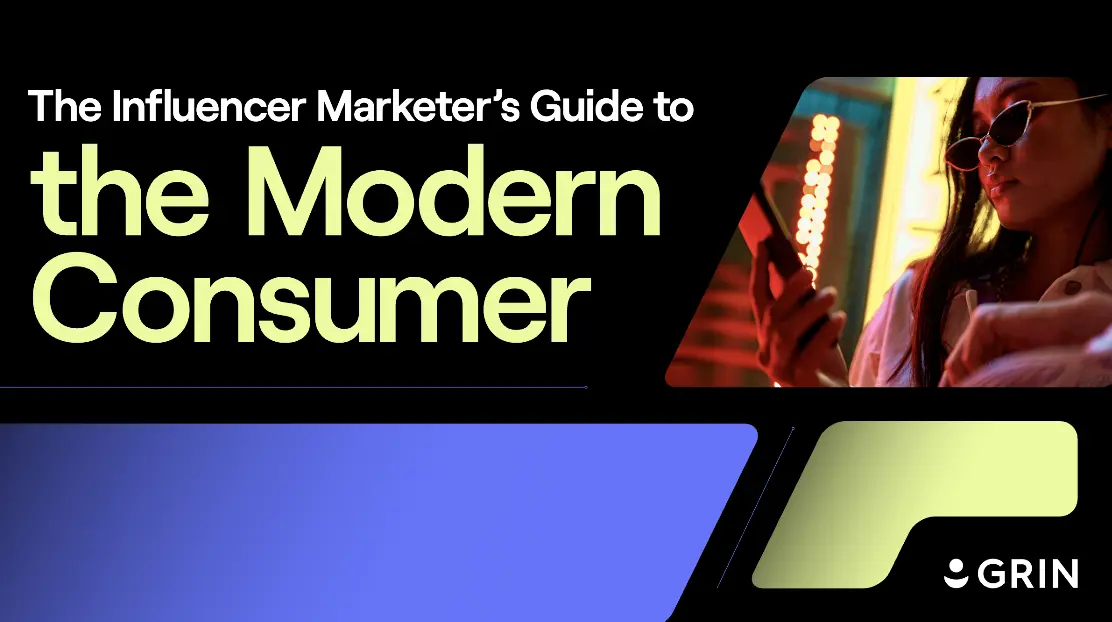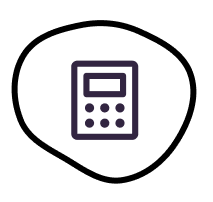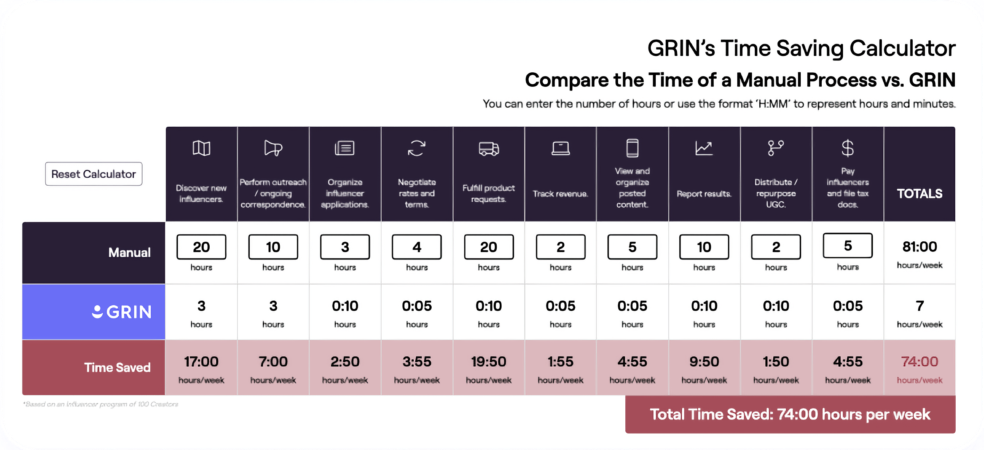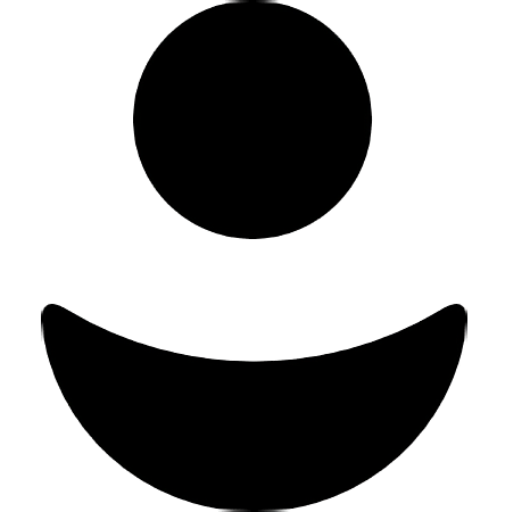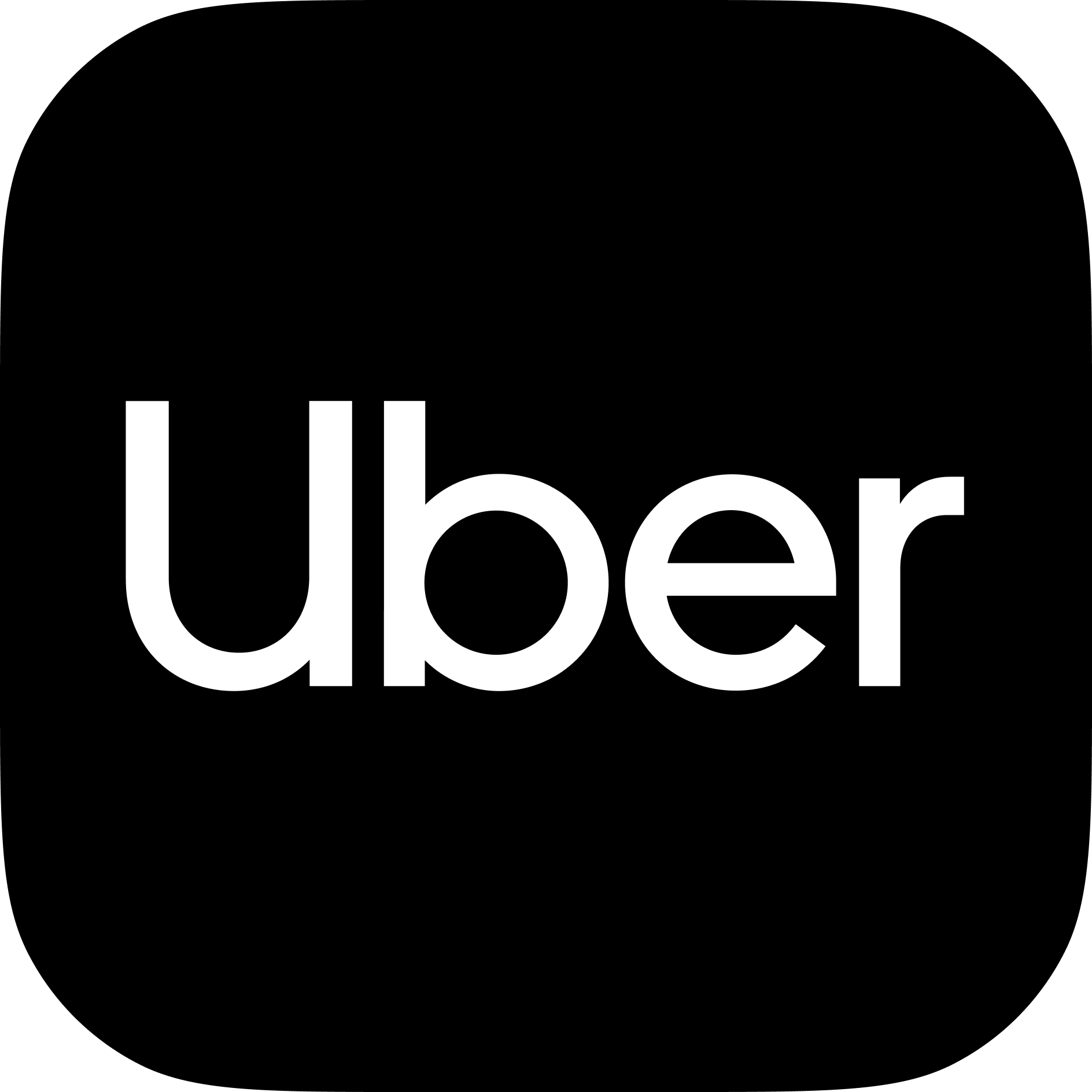It’s strange to imagine a world without the cultural phenomenon, TikTok.There was once a time when our favorite pastime didn’t involve endlessly scrolling through videos of choreographed dance moves to the latest Megan Thee Stallion song or “get ready with me” content featuring a lengthy skincare routine.
But how did it become such a beloved app, and why is there talk about banning it?
Don’t worry, GRIN spills all the tea in this blog about TikTok’s history and what lies ahead for the platform.
The rise of TikTok
It felt like TikTok became an overnight success when everyone was stuck at home in 2020. Aside from playing Animal Crossing, people spent all their time creating or watching videos on TikTok.
Five years later, TikTok has over 1 billion active global users per month. It’s also on pace to reach 2 billion by late 2025. If it does, it will cement its place as the fastest-growing and fourth-most popular social media app worldwide.
So, what is the secret to TikTok’ssuccess? Even though it seems like the app blew up overnight, it’s been steadily growing since 2016.
That said, its growth has been meteoric—it’s become popular faster than Facebook, Instagram, or any other social media platform. To understand its success, let’s first look at the features that set it apart. Then, we’ll dive into TikTok’s history and future.
Why is TikTok popular?
TikTok has become popular around the world for two main reasons—its algorithm and creative features.
The hyper-personalized algorithm
TikTok’s algorithm is unique. It quickly learns user preferences through AI and machine learning. Then, it analyzes engagement patterns like scrolls, likes, pauses, and watch time to personalize the “For You” feed. This hyper-personalization keeps users engaged longer and encourages viral content, regardless of follower count.
Prioritizing content relevance over creator popularity democratizes content discovery. In short, it makes it easier for anyone to go viral. This approach has driven rapid user growth and high engagement, fueling the platform’s rise to global prominence.
Creative effects and filters
Secondly, TikTok offers creative tools like quirky effects, filters, and an extensive song database. It has even helped launch many artists’ careers like Olivia Rodrigo (and sorry if ‘Good for You’ is now stuck in your head!).
With these creative tools, influencers whip up engaging, entertaining content which makes it so hard to put the phone down. Believe me, I have tried!
In fact, the average American consumes 80 minutes of TikTok videos per day—more than Facebook and Instagram. TikTok has evolved so much that it now hosts a vast array of communities and categories for any interest or hobby you can think of.

TikTok company history
TikTok’s origin story isn’t your typical software company tale of friendship and romantic rendezvous, though it would make a great movie plot.
Back in 2014, an app named Musical.ly debuted in Shanghai. Creators would share short-form videos performing comedy sketches or lip-syncing to popular songs (sound familiar?).
In 2016, a Chinese tech giant, ByteDance, introduced Douyin, a similar app that gained traction in China and Thailand. It amassed 100 million users within its first year.
With a goal for global expansion, ByteDance bought Musical.ly in 2017 and rebranded it as TikTok, which gained popularity worldwide.
This expansion marked the beginning of TikTok’s popularity and its emergence as a social media and cultural phenomenon.
TikTok’s current status
TikTok’s theme song should be Elton John’s ‘I’m Still Standing’ because despite facing backlash and a ban from Congress, it’s still thriving.
For those who don’t know what I am talking about—yes, Congress voted to “ban” the social media app. The Trump Administration first initiated a TikTok ban in 2020 with an executive order. It claimed that the app shared user data with China and was a threat to national security.
A federal court blocked Trump’s executive order, citing that he overstepped his presidential authority. Talks of a ban fizzled when Joe Biden became president but returned in 2024. After an investigation, Congress passed a bill banning TikTok if ByteDance didn’t sell it to an approved US company by January 19, 2025.
TikTok shut down for 14 hours on that day. It was back up the next day though. Newly inaugurated Trump signed an executive order extending the deadline by 75 days.
Now, TikTok has until April 5th to sell or close operations in America. Although over 170 million Americans (over a third of the US population) use the app, its future is uncertain.
But we will see how the company plays its cards.
TikTok and influencer marketing: the perfect match
As mentioned above, TikTok is not only great for entertainment purposes but also a powerful tool for marketing products or services. With millions of eyes glued to the screen, there is immense potential for your company to capture attention.
TikTok thrives on authentic influencers who create engaging content that resonates with their audiences. This allows influencers to be creative and showcase products or services in a genuine manner. This approach leads to higher engagement and conversions compared to traditional advertising methods, unlike that loud, low-key, pushy salesperson announcing a sale.
The future of TikTok
I can’t look into a crystal ball and predict TikTok’s future. Brands and creators who rely on TikTok should expect to see changes either way.
On one hand, TikTok’s reign in the US may end. According to ByteDance, over 80% of its revenue comes from China and Douyin. It also shows rapid growth in other countries, so even without the US, it will remain profitable.
If TikTok stays in the US under a new parent company, the sale won’t include its personalized algorithm. Some argue that it’s the secret sauce that makes the app unique and valuable, so the overall experience would be different.
The US buyer would be getting a large customer base and the TikTok brand—that’s it. Brands and creators can prepare for TikTok’s future by diversifying their social media strategy. For example, share more short-form videos on YouTube.
TikTok timeline
Here is a TikTok timeline highlighting key moments:
2014: Chinese entrepreneur Alex Zhu launches Musical.ly, a video app where users lip-sync music.
2016: In China, ByteDance—TikTok’s parent company—launches Douyin, an app for sharing short-form videos.
September 2017: The company rebrands the app as TikTok to expand internationally. (In China, TikTok is still called Douyin).
November 2017: ByteDance buys Musical.ly for $1 billion.
August 2018: ByteDance merges Musical.ly with TikTok and rises in global popularity.
February 2019: TikTok reaches over 1 billion downloads worldwide and begins quietly experimenting with ads. The US Federal Trade Commission (FTC) fines TikTok $5.7 million for collecting children’s data.
2020: TikTok’s popularity surges as people are stuck at home during the COVID-19 pandemic. In the US, the app gains over 100 million monthly active users, many Gen Z. Countries raise concerns about the app’s data privacy and security.
June 2020: The social media app officially launches its advertising platform TikTok for Business.
August 2020: The Trump Administration signs an executive order attempting to ban TikTok in the US or force a sale to a US company. The order cites concerns that ByteDance shares user data with China.
December 2020: Federal courts block Trump’s executive order to ban TikTok. Walmart, Microsoft, and Oracle bid to buy the app but talks fell through when Trump’s presidency ended. ByteDance agrees to store US user data in the Oracle Cloud to address national security concerns.
2021: The Biden Administration reverses Trumps ban on TikTok but orders an investigation into the app’s security risks.
September 2021: TikTok reaches 1 billion monthly active users worldwide faster than any other social media app.
2023: TikTok’s popularity grows as it refines its algorithm and adds features like video editing and AR filters.
September 2023: TikTok Shop launches in the US. Users can now shop directly from brands and creators without leaving the app.
December 2023: TikTok’s Creativity Program replaces the Creator Fund—a program that paid select TikTokers for their video views. The program claims to pay more to creators who share high-quality, longer-form videos.
2024: After investigation, the US Senate passes the bill to ban TikTok unless ByteDance sells it to an approved US entity.
January 19, 2025: Ahead of the ban deadline, TikTok goes dark in the US for 14 hours.
January 20, 2025: Newly inaugurated Trump signs an executive order that pauses the TikTok ban and extends the deadline 75 days (April 5).
February 2025: TikTok traffic returns to normal despite its brief blackout and uncertain future. An estimated 170 million Americans use the app.
Key takeaway: Despite a shaky future, TikTok is still a must-use platform for marketers.
TikTok has been the world’s fastest-growing program and proven to have massive buying power with audiences—especially Gen Z. Despite talk of a potential ban, we’re still recommending a full-steam-ahead approach for marketers looking to “make it” on the platform.



